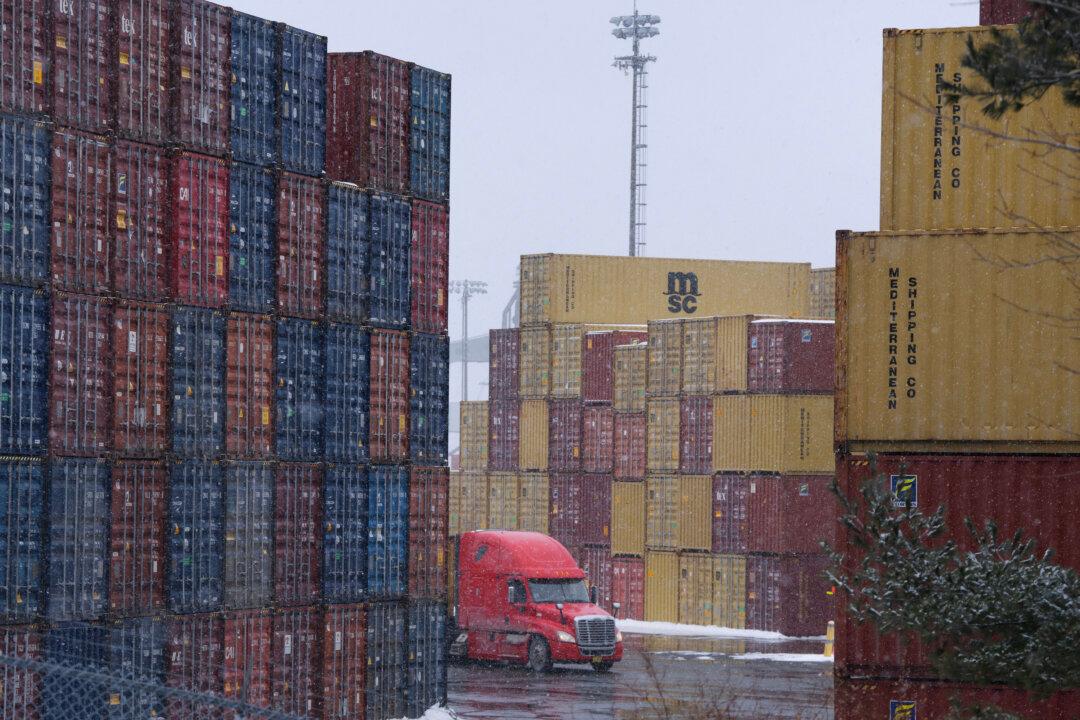Canada’s trade surplus with the U.S. widened in December as overall exports rose thanks in part to higher energy prices, Statistics Canada said Wednesday.
The global trade surplus in goods came in at $708 million for the month, compared with a revised deficit of $986 million in November, to mark the first merchandise trade surplus since February 2024.





